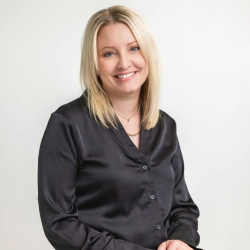What are DEI Peer Learning Circles?
DEI Peer learning circles provide a unique opportunity for all Council members who are newer or in earlier stages of implementing diversity, equity, and inclusion initiatives across their organizations to come together and embark on their DEI journeys. In the dynamic landscape of today's philanthropy, our circles not only provide a unique opportunity for growth but also address the pressing issues and differing views on diversity, equity, and inclusion among key stakeholders in philanthropy and beyond.
Who are DEI Peer Learning Circles for?
DEI Peer Learning Circles are a members-only space for any member who is implementing, strategizing, or executing diversity, equity, and inclusion work. This space is especially tailored to practitioners who are newer or in the earlier stages of implementing DEI work within their organizations. You do not need to have a formal DEI title or role to join us!
When do we meet?
Our meetings are 60 minutes with 30 minutes buffer time for community conversation and relationship-building. Please join us whenever you can, even if you have to join late. We meet monthly on the last Thursdays of the month (unless otherwise noted), from 3:00pm-4:30 pm EST. We will have a hiatus in July & December. While you are welcome to attend one or a few sessions, it is our hope that this space will be an opportunity to meet and connect with peers. Please consider attending regularly and registering for the monthly series!
Meeting Format:
- Welcomes & Check-ins - 3:00 pm- 3:15 pm
- Announcements and updates - 3:15 pm- 3:20 pm
- Speaker/ Guided Conversation - 3:20 pm-3:5pm
- Next steps, questions, requests - 3:50-4:00 pm
- Optional community time - 4:00 pm-4:30 pm


